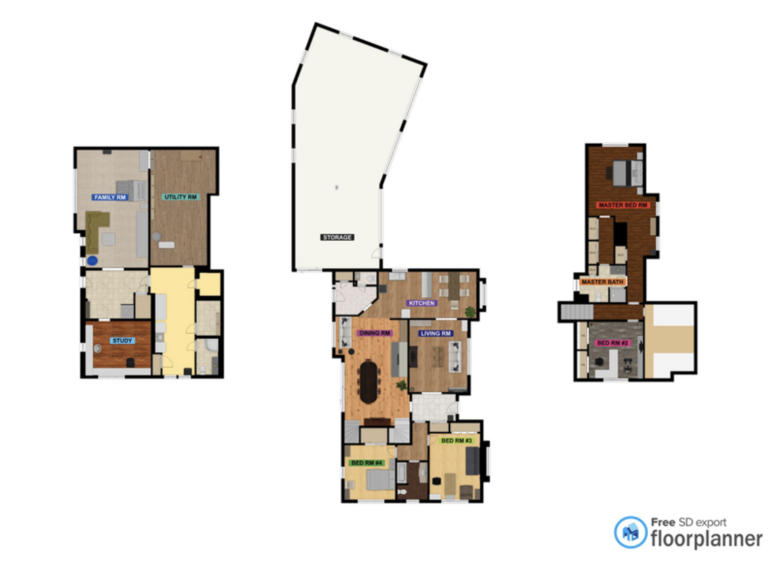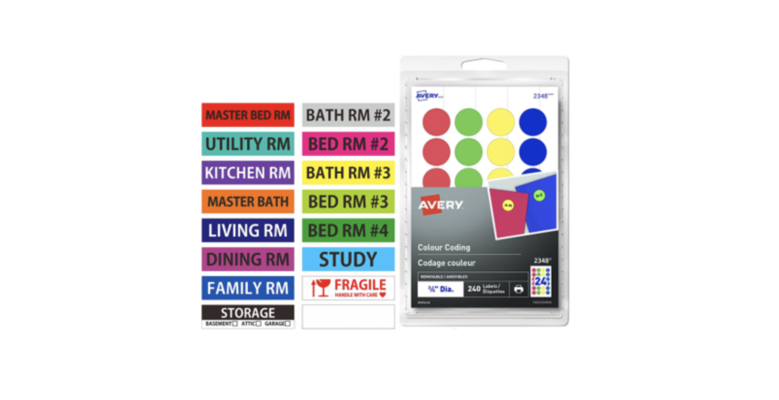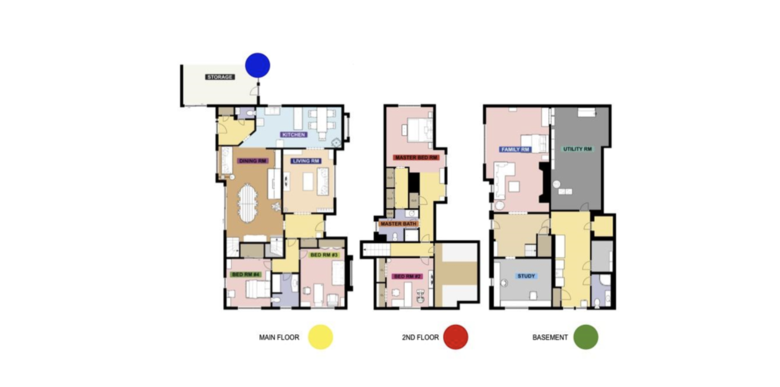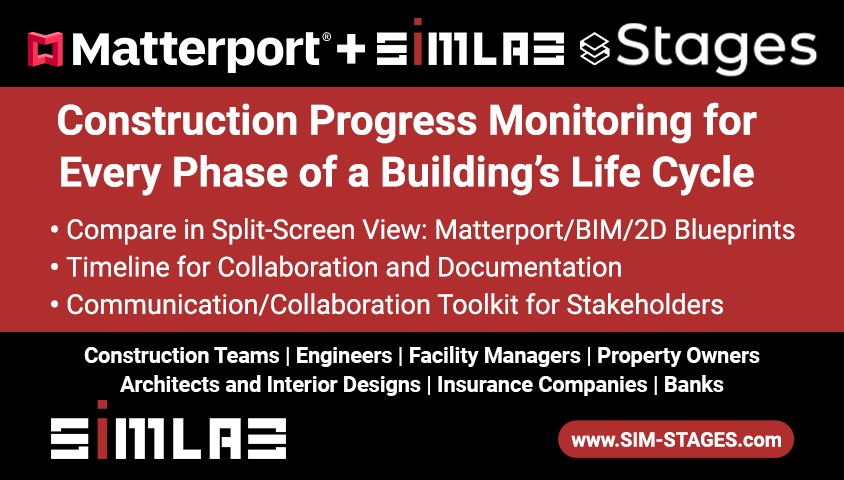iGUIDE: The Right Move for Every Part of Our Real Estate Transactions15837
Pages:
1
 WGAN Forum WGAN ForumFounder & WGAN-TV Podcast Host Atlanta, Georgia |
DanSmigrod private msg quote post Address this user | |
 Image courtesy of iGUIDE iGUIDE: The Right Move for Every Part of Our Real Estate Transactions by Alexander Likholyot CEO Planitar, makers of the iGUIDE Reposted with permission from the iGUIDE Blog We recently sold our home, bought a new one and survived the move. Both the old and the new homes had an iGUIDE done for them by the listing agents which we used at every stage of the process and I would like to share our experience. Much has been written over the past year about the use of 3D tours in marketing a home and for virtual showings and how this helps to attract higher offers and reduce days on the market. However, use of such property information and especially when it includes floor plans, as is the case with iGUIDE, extends far beyond the marketing stage. The iGUIDE can be used not only to facilitate bidding by home buyers, but also bidding by multiple service providers, such as movers, painters, or other contractors and to conveniently share information with property appraisers or insurance companies. Our mortgage bank sent out an appraiser who could only view the exterior of the new home due to Covid restrictions, but he also needed all kinds of information about the interior, like square footage, bedroom count, and pictures. Naturally, iGUIDE has all that and sending the appraiser the link to the iGUIDE of the new home addressed all his asks. Next, the insurance company wanted not only the same information as the appraiser, but even more, like details about all the fireplaces and the pool size. iGUIDE to the rescue again. One distinctive feature of the iGUIDE is that it can be downloaded and stored on your local hard drive or USB drive for property condition record keeping and future reference. We wanted to freshen up the paint in the new home before moving in and reached out to several local painting companies for quotes. iGUIDE was immensely helpful here too, as we could not arrange for all the bidders to visit the new property before the closing day. Using iGUIDE, we could clearly indicate which rooms we wanted painted and even used the tagging feature to show different paint colors for different walls in the same room. This allowed us to get all the companies to bid based on the same well-documented project description. When the painters were asking questions about ceiling height on different floors, we showed them how to use the 3D measurements feature in the iGUIDE to get that information and help them estimate how much paint they would need. The first thing we did after all agreements of purchase and sale were signed on both homes, was hiring a moving company right away as our move was scheduled to be at the end of a month when all the moving companies are extremely busy. Here we heavily leveraged Google Maps and iGUIDE. We first looked at moving companies that had pins on Google Maps in our area and created a short list of candidates based on their reviews. We looked at their ranking and the number of reviews. Each moving company has their own way of estimating the size of the move for quoting and some wanted to come out to see our old home, which would have been pretty disruptive for us. Instead, we sent them links to the iGUIDEs of both our old and new homes and indicated the moving dates. This way, we were able to include in the quoting process a few companies which were further out from our town and one of those companies was able to provide a very competitive quote and we ultimately chose them.  Image courtesy of iGUIDE But the highlight of this story is how we used iGUIDE to facilitate the move itself. We first used the iGUIDE integration with Floorplanner.com to export iGUIDE floor plans of the new home into the Floorplanner web application which only took one click of a button. Using Floorplanner, we could plan where all the furniture would go in the new home. That took a few rounds of discussions and trials, but it is so much easier to move a couch a dozen times on a computer screen than to do the same in real life! Floorplanner has hundreds of models for all kinds of furniture pieces and you can easily find close enough matches to your furniture in style and size and you also can adjust dimensions of those models to exactly match your existing pieces or any new furniture you want to add to your new home. That capability plus the accuracy of iGUIDE floor plans allows for really good space planning and avoiding nasty surprises later, like “But I thought this couch was going to fit in that corner!”  Image courtesy of iGUIDE After the planning was done, the time to pack and prepare for the move came quickly. We purchased sets of moving labels from Amazon and labeled all the rooms in the Floorplanner to match the purchased labels using the same font and background colors. We also got labels in the form of colored dots to designate the floors in the new home. We attached to each box and piece of furniture a label for its destination room in the new home and a colored dot for the destination floor. What we found during the move however, was that for some furniture we should have waited for the movers to wrap it first and then let them place the labels on the outside of the wraps. Lesson learned for any future moves! When the moving day came and the movers showed up, we quickly explained to them our labelling system and how to use it together with the floor plans. We also gave them half a dozen floor plans printed out in color. Of course, they managed to forget their stack of floor plans at the old home which they discovered only after arriving at the new place. I had a hunch that might happen, so I kept a set of spare floor plans at the new home as well. We taped them at every entrance and on each floor and the movers did not have to ask us about each piece where we wanted it to go.  Image courtesy of iGUIDE All in all, the move went extremely smoothly and all the boxes and furniture were placed by the movers in the correct locations which made unpacking and finding things so much easier over the next few days after the move and helped avoid any heavy lifting and moving stuff. My back really thanked me, the movers, and the iGUIDE for that! The movers were very impressed with the efficiency of the new unloading process which also allowed us to spend more time on doing our things instead for directing movers where every box and piece of furniture goes. To sum it up, we used iGUIDE in several different ways - for selling and buying, for getting home insurance, getting a mortgage lender appraisal, and for painting and moving contractors. --- Reprinted from iGUIDE Blog in its entirety with the permission of Planitar (iGUIDE) CEO Alexander Likholyot. Reposted with permission |
||
| Post 1 • IP flag post | ||
 WGAN Fan WGAN FanClub Member Buffalo, New York |
GETMYVR private msg quote post Address this user | |
| I've noticed with many examples on the iguide website and from actual agents in the field for listings I've seen for sale in Canada, most rooms tend to have just one scan point. With that said, I'm not sure the photographs pulled from those scans would be sufficient for many of my agents who want multiple angles. And many times the best photographs aren't necessarily from the scan points, if you know what I mean. My agents typically get 40 to 50 photos, how many photos are rendered from the typical iguide job? |
||
| Post 2 • IP flag post | ||
 iGuide iGuideProduct Marketing Manager Kitchener, Canada |
Chris_iGuide private msg quote post Address this user | |
| As many still photos as are required can easily be created using the iGUIDE camera system. Here’s an example: https://youriguide.com/1305_frying_pan_rd_basalt_co?page=gallery Everything in the photo gallery for that property was shot using the iGUIDE camera. To your point, the trick to getting good angles is to shoot from camera positions that are more suited to stills and perhaps less optimal for the 3D tour. This usually means capturing images toward the corners of a space. If you don’t see scans of this kind frequently it may be because it's common for experienced iGUIDE photographers to customize the tour by hiding extra scans. There is no limit to the number of scans per room but it is common practice to have fewer visible scans per room to make the tour more attractive and easy to navigate. It is also common practice for iGUIDE service providers to use a separate camera system for stills. The iGUIDE capture process is fast so there’s usually lots of time for established workflows using advanced lighting techniques, bracketing, raw, etc. |
||
| Post 3 • IP flag post | ||
Pages:
1This topic is archived. Start new topic?
















